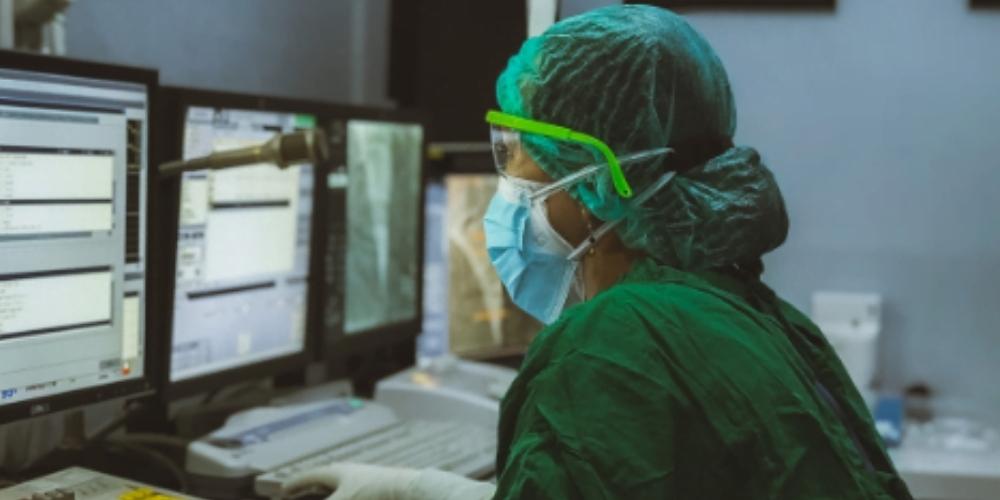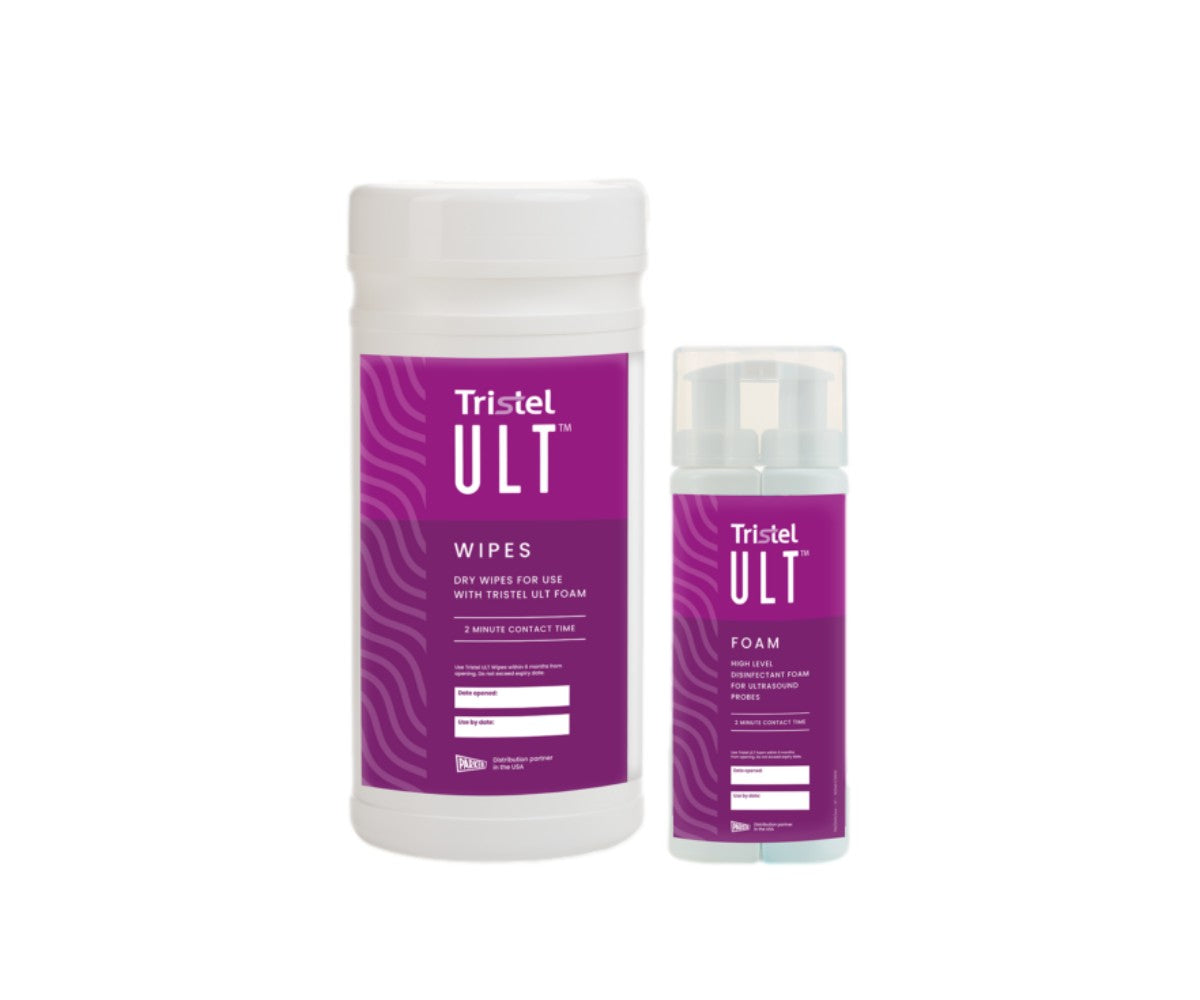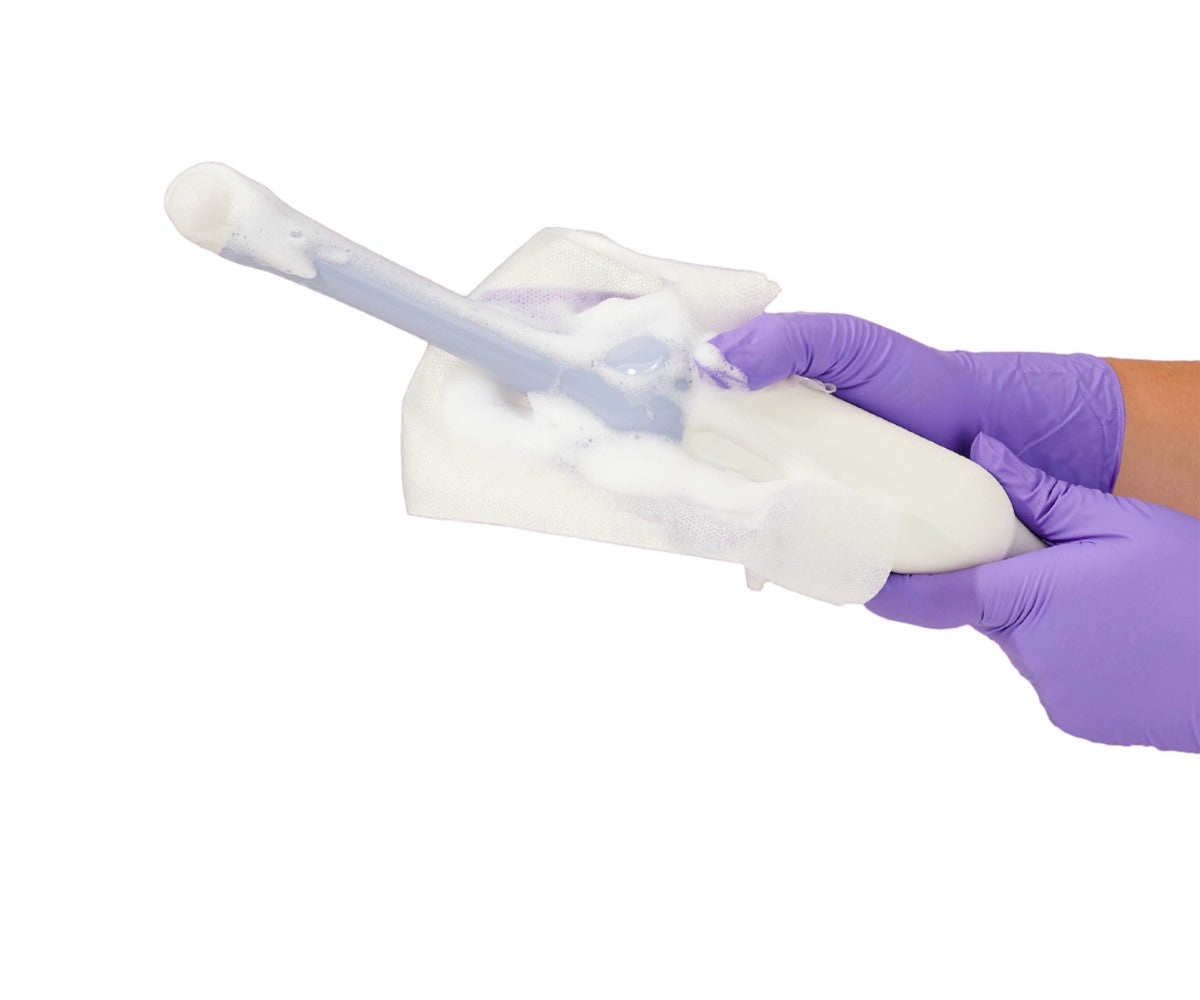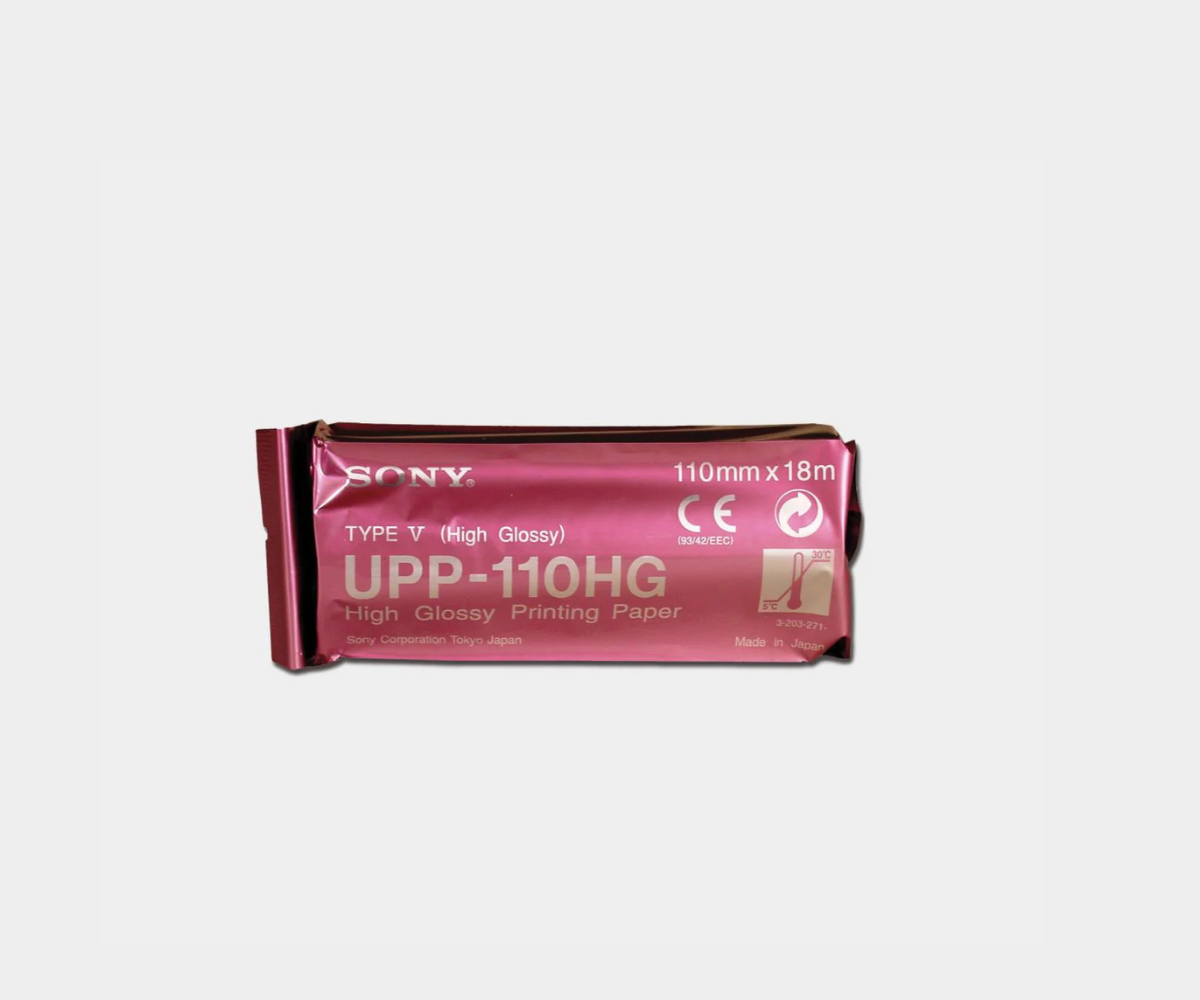Establishing a clear view of the actual situation is surprisingly quite a challenge. In 2018, the Leapfrog Group published a report focusing on healthcare-associated infections (HAIs), highlighting two interesting – yet opposed – metrics. They examined five hospital-acquired infections:
- Central line associated bloodstream infections (CLABSI)
- Catheter associated urinary tract infections (CAUTI)
- Surgical site infection after colon surgery (SSI: Colon)
- Methicillin-resistant staphylococcus aureus (MRSA)
- Clostridium difficile (C. diff)
They found that all of them were rising. However, they also noticed that most of the reporting hospitals had fewer infections than the Centers for Disease Control & Prevention (CDC) was expecting from them. In the same report, they present a concerning estimate: one out of 25 patients in US hospitals contracts an HAI, that’s approximately two million patients annually, leading to 90,000 deaths.
During the COVID-19 pandemic, there was a significant increase for most HAIs compared to last year. A scientific study published in Cambridge University Press selected a very similar list of HAIs than the one Leapfrog worked on, and only replaced SSI: Colon by ventilator-associated events (VAEs). They found that all of them showed a significant increase in 2020 compared to 2019. This situation was exacerbated by a variety of factors. Peaks of hospitalizations happened throughout the country, and once healthcare facilities had to deal with them, it was often at the expense of infection prevention protocols due to the shortage of staff. They also had to increase critical care capacity to accommodate the flow of patients in a critical state. Those patients were using a lot of ventilators, increasing the odds of getting a ventilator-associated event. Finally, health facilities were faced with a shortage of personal protective equipment throughout 2020, due to the PPE supply chain being disrupted for a good amount of time. This extraordinary situation led to healthcare facilities reusing PPE and respirators and even if crisis protocols were established, it helped HAIs to thrive.
While medical institutions are still recovering from the last wave of Coronavirus, they brace for the next one. One can easily understand the urgency to act, given how easily the pandemic inflated an already significant number of deaths due to HAIs.
To better understand the different solutions they could use to control them, we first need to understand their cost.
What is the cost of hospital-acquired infections?
The cost of HAIs is first measured by the number of deaths registered. According to the CDC, 100,000 lives are lost each year, making it the fourth leading cause of death in the US.
A scientific article published in 2016 estimates the cost of an HAI ranging from $1,000 to $50,000, depending on the type of infection. In another study, we learn that the overall direct cost of HAIs to hospitals are at least $28.4 billion each year. These costs are a burden for insurers, hospitals, as well as patients themselves.
The overall economic impact of healthcare-associated infections is well documented. The CDC reports that early deaths and lost productivity due to HAIs amounted to $12.4 billion in losses.
What can be done to control hospital-acquired infections?
Understanding the impact of HAIs is crucial for successfully reducing the associated costs on patients, healthcare facilities, and the healthcare system as a whole. According to the CDC, “these infections are preventable," therefore the goal is to reduce their number, and scientific studies have proven that it can be achieved by establishing comprehensive protocols, educating staff, and maintaining a culture of infection control.
In the case of central line-associated bloodstream infections (CLABSIs), a scientific study demonstrated a 66% decrease, maintained throughout the 18-month study period. A simple checklist along with proper education helped achieve this encouraging result. It displays the value of simple yet very effective protocols, and how important it is to follow them very closely.
Below are different steps that hospitals and other healthcare facilities can take to minimize the spread of HAIs.
Education
Education is the cornerstone of an effective infection control strategy: as described in a scientific paper published in 2008, over 26 studies, 21 saw a significant decrease in infection rates after setting up an educational program.
Education brings excellent results; therefore, it should be a top priority for all stakeholders in the facility. This includes physicians, nurses, and other staff members. Facilities with an in-house infection control team should rely on their infection preventionists to lead the charge in education and awareness. Healthcare staff must understand how critical proper disinfection is: it should be systematic, and in accordance with Spaulding classification for each category. They should also wash their hands and understand how to handle personal protection equipment.
Patients also have a key role, and the state of Massachusetts even decided to create a guide to make them ask the right questions about hand hygiene, the necessity of keeping a central line catheter, both diarrhea and infection reporting, among others. They could help reduce outburst of HAIs with simple knowledge and make a meaningful difference.
Implementing new strategies and rock-solid infection control protocols
Following education, workers should adopt robust protocols and avoid deviating from them. This is the main weapon healthcare practitioners possess to fight healthcare-associated infections. To be effective, a disinfection protocol must be adapted to the treated item: does it require high level of disinfection? Are we allowing enough time after applying the disinfectant? The protocol should also be simplified. For example, color-coding can help reduce mistakes without an increase in cost. Small adjustments like these could lead to a decrease in healthcare-associated infections.
Selecting proper disinfectants and following instructions
Different disinfectants are necessary in hospitals. Medical devices, furniture, and floor all need different levels of disinfection, depending on how patients interact with them. It is an absolute necessity to select the proper disinfectants, and make sure protocols are followed precisely and as frequently as necessary. For example, in a previous blog article about ways to improve hospital disinfection, we explained the importance of using hospital-grade sprays or wipes that can combat HAIs. We also underlined that “proper hospital disinfection protocols will include high-level disinfection for medical devices”. Finally, managers should also make sure that proper monitoring is done to make sure protocols are applied rigorously.
Involving management and improving communication
Infection preventionists should provide hospitals administrators with the guidance, data, and tools to help with education and reeducation of staff regarding hospital-acquired infections. In a recent study titled Management practices for leaders to promote infection prevention, the authors underline the importance of involving managers to better help infection prevention. They give an example about hand hygiene where the baseline data showed 50% in terms of hand hygiene compliance, and once leadership re-vamped the hand hygiene program, they came close to 90%. They found out that another management practice is an important facilitators of HAI prevention: communication. An effective communication system can boost prevention, and it must go in both ways, between managers and the staff. The manager has to insist efficiently on HAI prevention strategies, and the staff must ensure traceability is done correctly for each patient and report any suspicious events.
Incentives for reducing HAIs
Medicare can penalize facilities depending on their results regarding HAIs. In 2017, they penalized 751 facilities, decreasing their Medicare reimbursement rates by one percent. Until now, it has shown great improvement for HAIs such as pneumonia associated with ventilator use (17% decline between 2010 and 2017).
Public reporting of healthcare-care associated infections
According to the CDC, “Transparency and accountability are critical to the prevention of HAIs." Mandatory public reporting leads to hospitals wanting to improve their scores, and healthcare leaders having a better overview and understanding of the current situation.
Controlling HAIs brings benefit to everyone: healthcare facilities, patients, and society as a whole. It could save tens of thousands of lives yearly and decrease medical costs for all the different actors, by applying simple protocols, leveraging education, following basic guidelines such as hands hygiene, and selecting proper disinfectants. Learn more about EDM’s range of solutions for infection prevention and control here.







